Impact of the Mission Era on Native Americans and California Agriculture
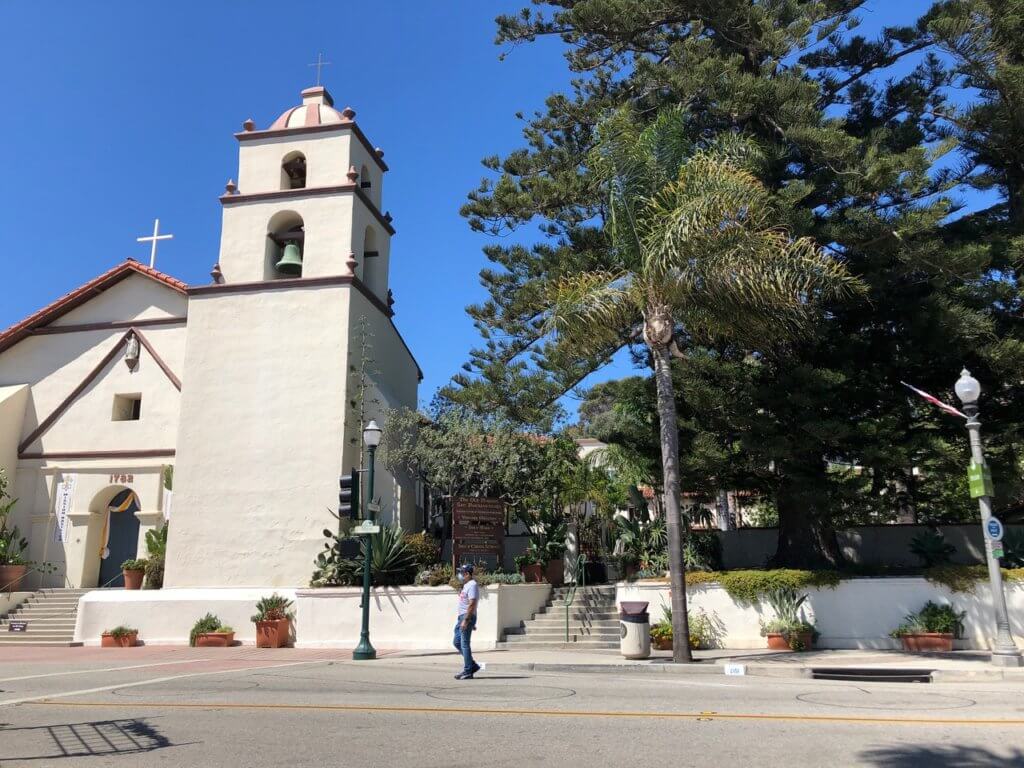
As part of my Master in Sustainable Food Systems program at Green Mountain College, I am studying the history of American agriculture. I chose one aspect of California agricultural history to study for my paper: the story of the Missions in the lives of the Native Americans in the late 18th century. As a California resident of 35 years, I have always been drawn to the state’s unique agricultural history, which commenced with the Native American tribes who lived off the land here for at least 10,000 years before the Spanish set up Missions and agriculture in 1769. In the thriving metropolis of Los Angeles in which I reside, it’s hard to imagine that natives once harvested acorns from the ancient live oak tree in my front yard, and fished for salmon that once choked the nearby San Gabriel River. When my children entered fifth grade, they studied the Mission era in their history classes. I traveled with them to many Missions, learning about the sad fate that befell the Native Americans. This happened right in my bioregion; the San Gabriel Arcangel Mission is located only 11 miles from my home.
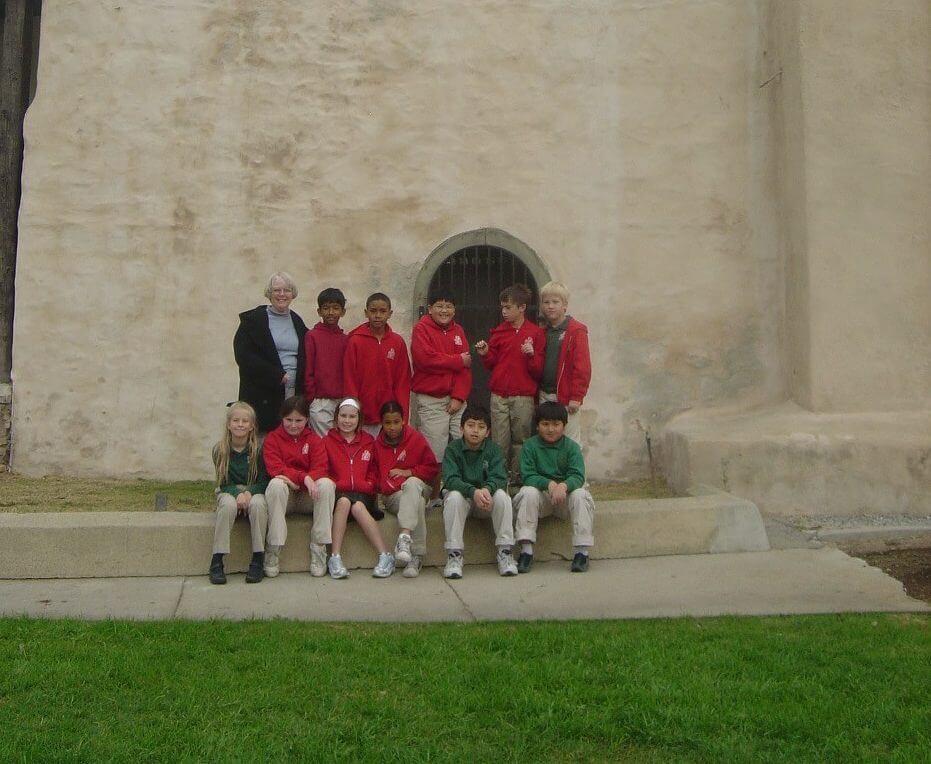
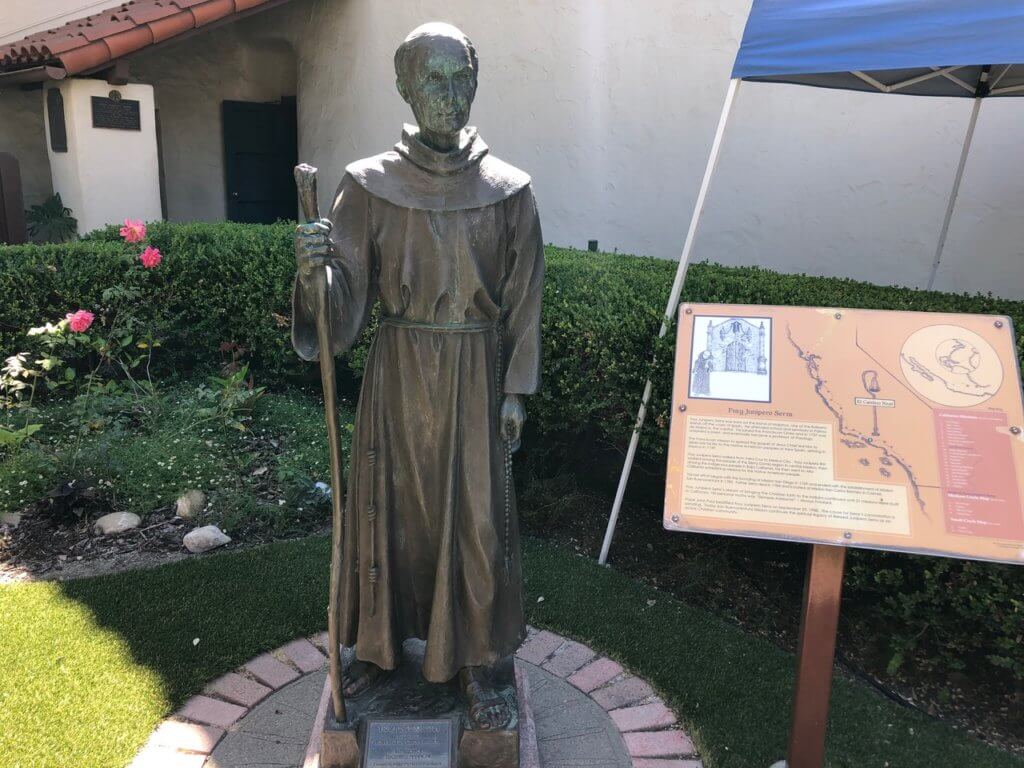

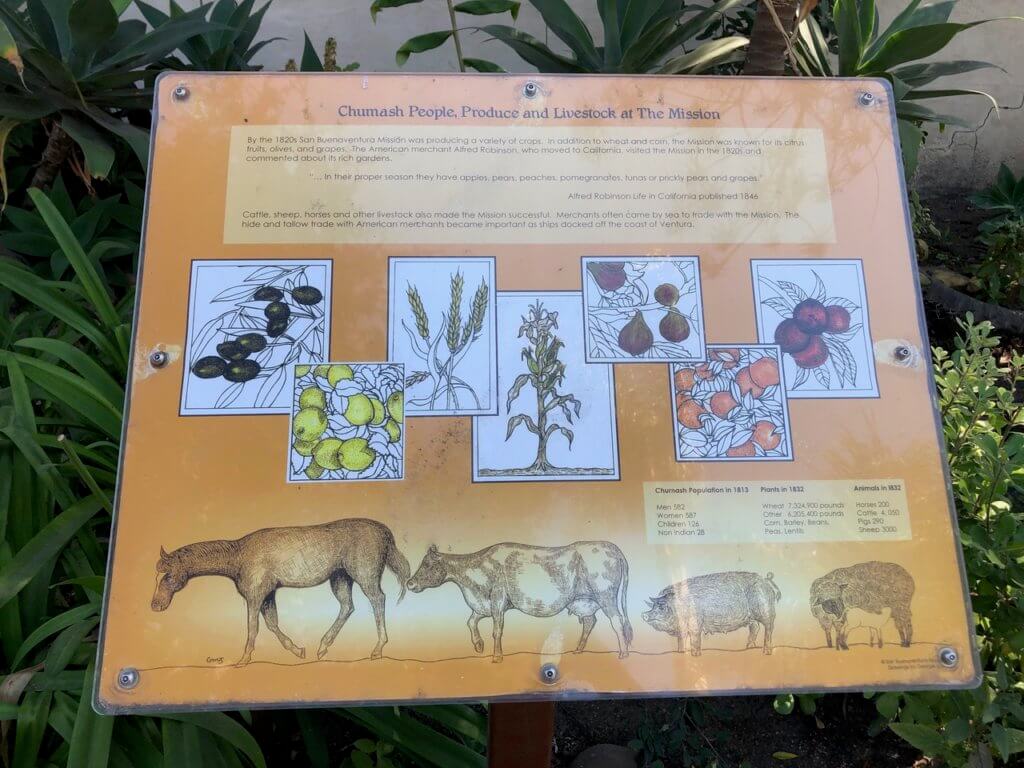
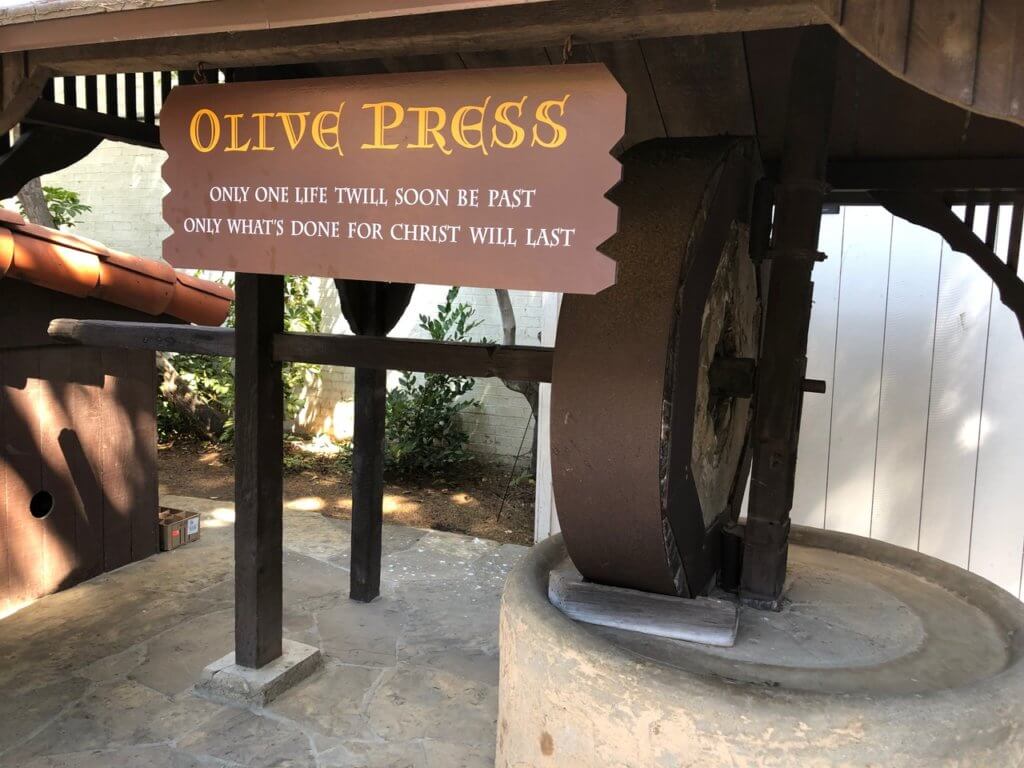
Read about this intriguing chapter in California agricultural history in my full paper on this subject here.
Written by Sharon Palmer, MSFS, RDN on August 15, 2017. Since this writing, Sharon has graduated from the MS in Sustainable Food Systems program.
Main image: Mission in Ventura, California, Sharon Palmer


